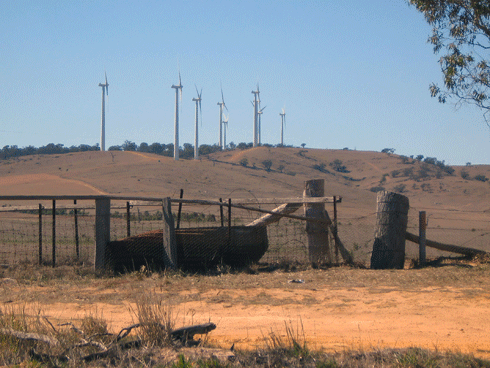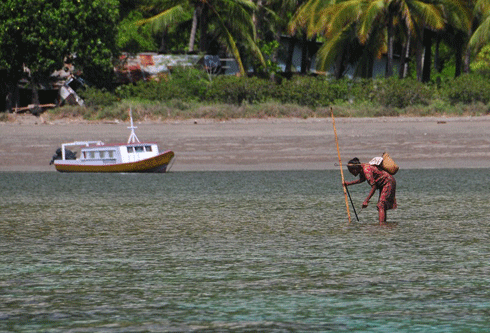
|
Published: 25 February 2013
Australia needs to improve energy resilience: report
Immediate investment in a range of energy technologies is vital for Australia to meet its carbon abatement targets and build a robust national power system, according to new study.
A mix of large-scale renewable energy generation, including solar and wind, together with existing coal-fired power, will deliver a power system that best meets Australia's needs for 2035, said researcher, Professor John Foster from the Global Change Institute at The University of Queensland.
Foster, co-author of the report on the study's findings, said modelling showed no single technology would see Australia achieve its carbon abatements targets in 2035 and 2050 and that, in any case, coal would continue to play a large part in fulfilling Australia's future power needs.
‘We are heavily dependent on coal and for good reason; 20 to 30 years ago it was a sensible strategy and we have enjoyed cheap power up until about five years ago. Now, the sensible strategy is to diversify our sources of generation as much as possible to improve resilience,’ Professor Foster said.
The key insights that emerged from the study's modelling are:
-
The resilience of Australia's power system is currently poor (better only than India and South Africa) and is not compensated by low electricity costs.
-
Even with a high carbon price, the power system is not on-track to cut emissions by 80 per cent, in line Australia's 2050 emissions targets.
-
There is no cost premium associated with shifting from ‘business-as-usual' to renewable, distributed generation and carbon capture and storage. There is, however, evidence of a cost premium for shifting away from coal.
-
Australia will benefit from investment in large-scale renewable energy projects to operate alongside coal in the foreseeable future and eventually replace the role of coal.
-
Consumer action must not be overlooked and will be an integral part of any successful model, however an in-depth study into the effect of distributed generation (eg household rooftop solar panels) on the distribution network is urgent and overdue.
Professor Foster said that despite a plethora of forecasts, great uncertainty around the future of Australia's power system remained.
‘A good way to deal with this uncertainty is to come up with a range of feasible scenarios, try to decide which scenario is most likely, look at the implications of each of those scenarios right up to 2050 and then determine what will be the best policy combination moving forward.’
A further report in the ‘Delivering a competitive Australian power system’ series, set to be published during 2013, will recommend policy directions for making Australia's power system globally competitive.
The UQ Global Change Institute consulted representatives from industry heavyweights, including Rio Tinto, Ergon Energy, Powerlink, AGL and Xstrata Copper, as well as the Australian Energy Market Operator, Bureau of Resources and Energy Economics and the Electricity Retailers Association to produce the latest report.
Professor Foster said the findings from the report were grounded in reality.
‘At present around 80 per cent of our power is coal and if we switch it off quickly, the lights go out. We believe the only realistic solution is to have an orderly transition from coal to other forms of generation and we think this will take several decades to do sensibly,’ Professor Foster said.
‘Australia faces two basic choices: either start now on a course of action that will lead to abatement, reduce pressure on electricity prices and offer increased technology choices by 2025; or alternatively, wait until technology options like carbon capture and storage and nuclear power become viable, and then implement the technologies in haste to meet climate change requirements.’
Source: GCI at UQ





